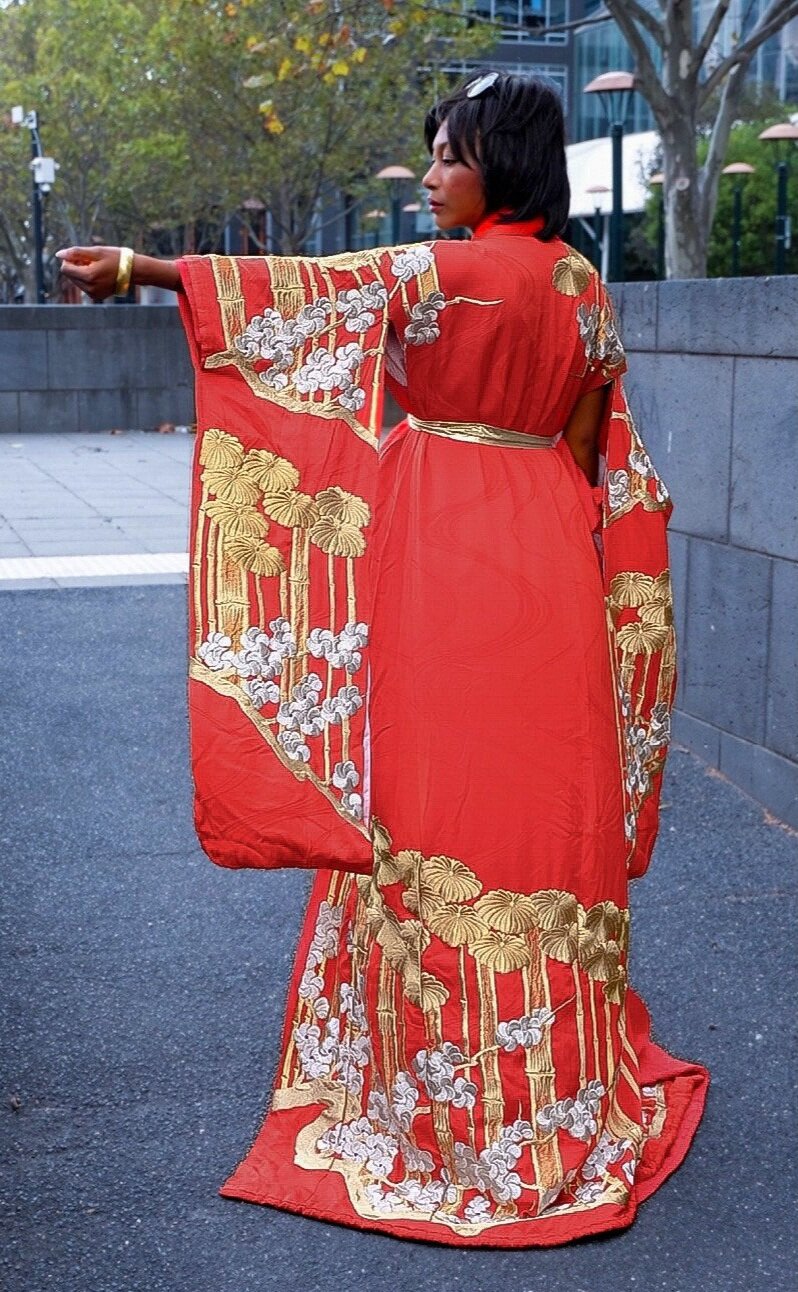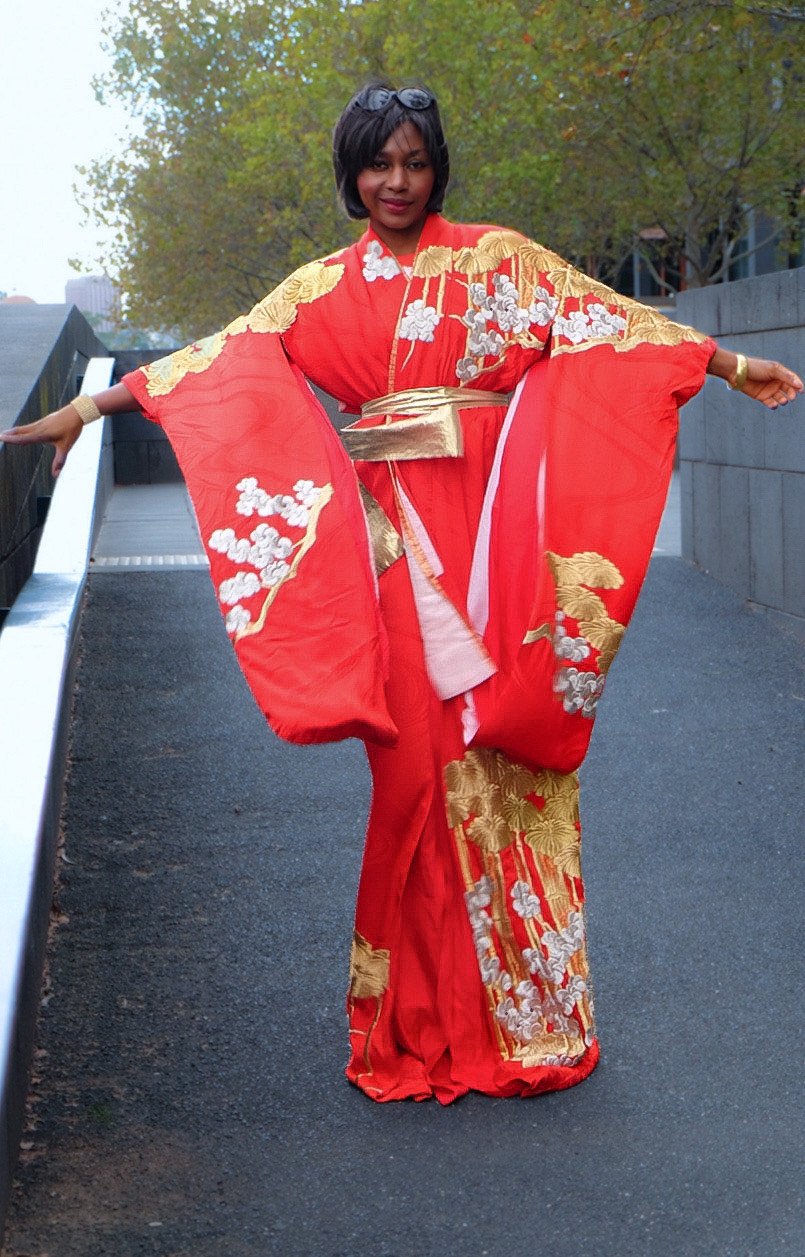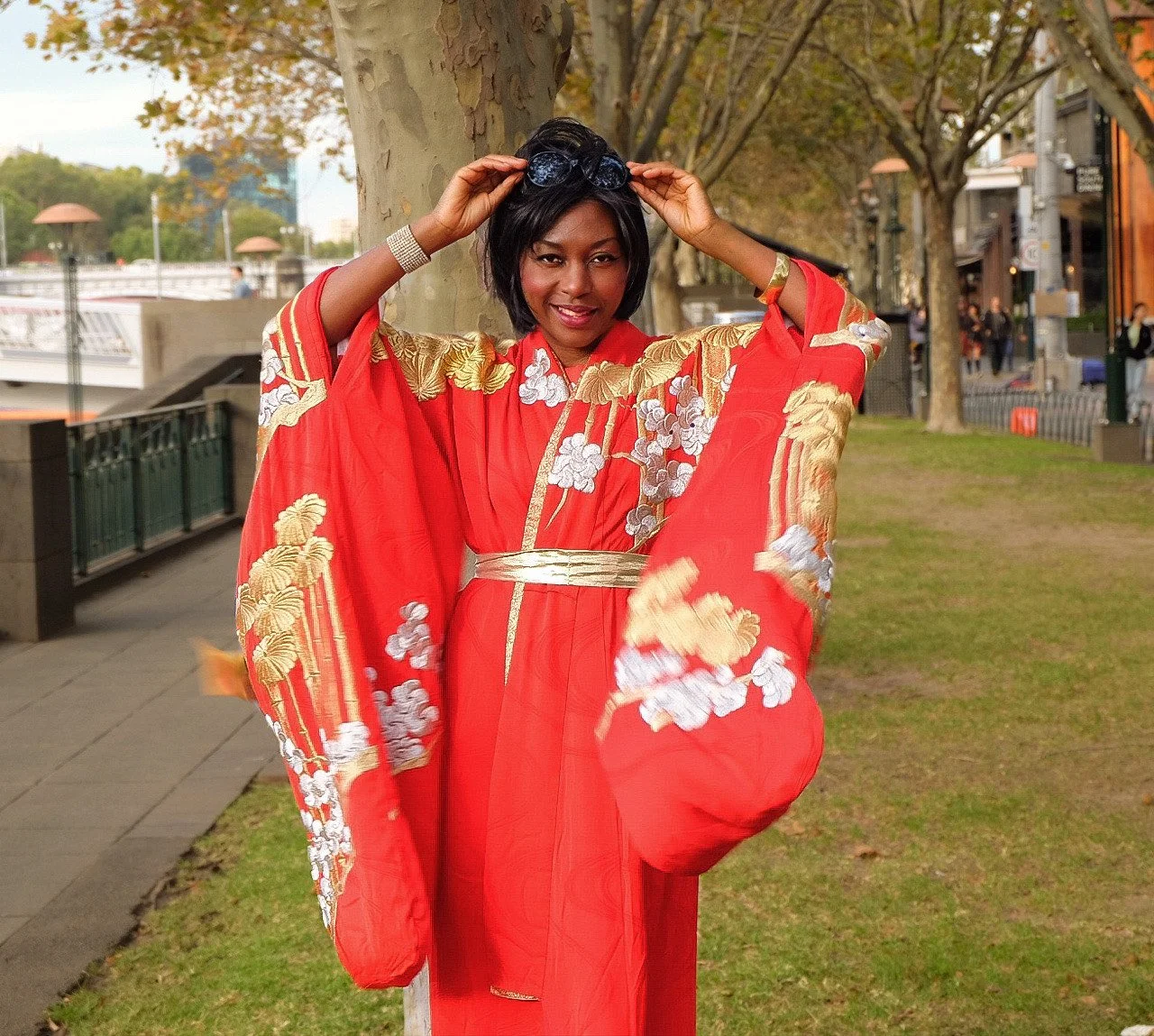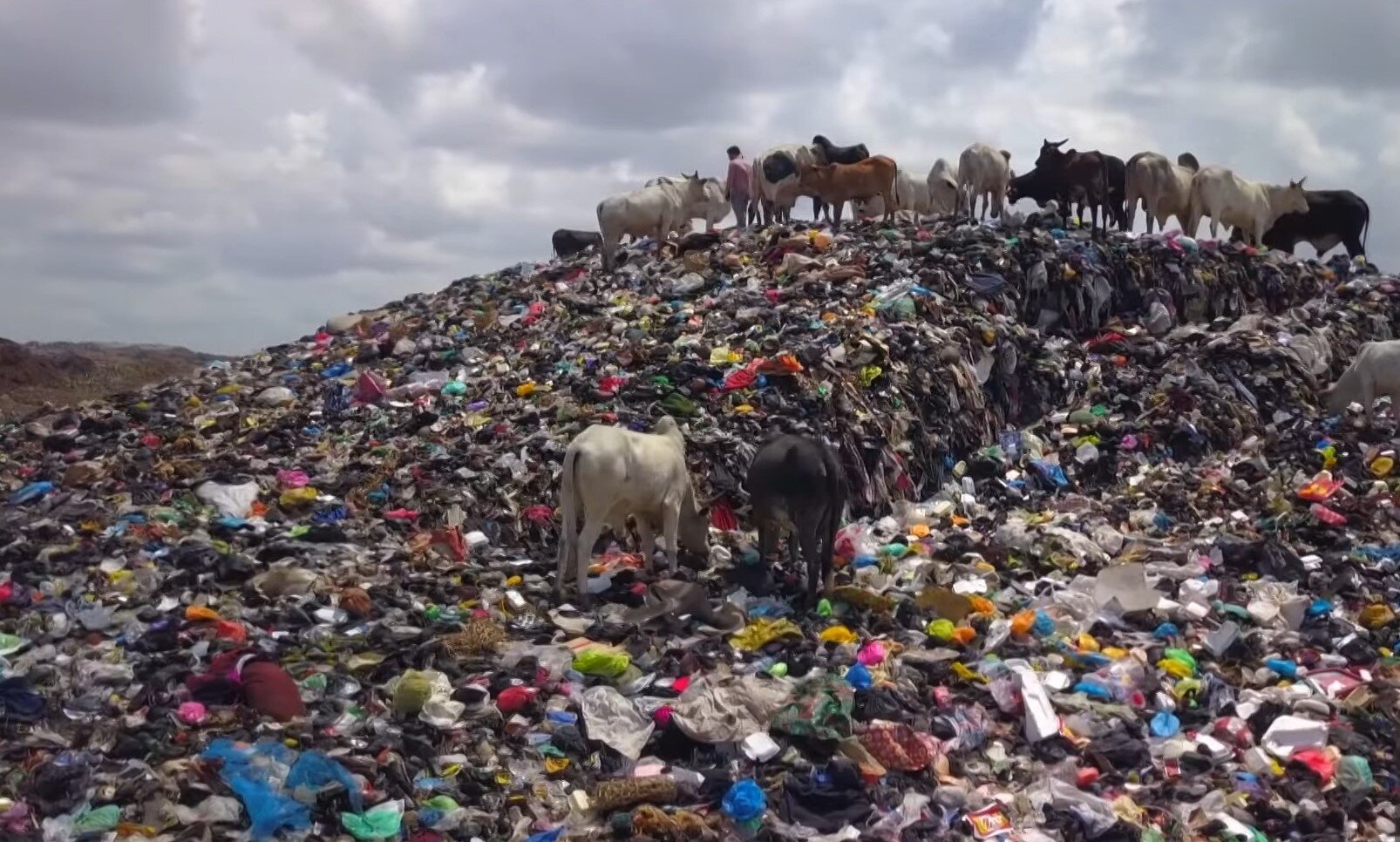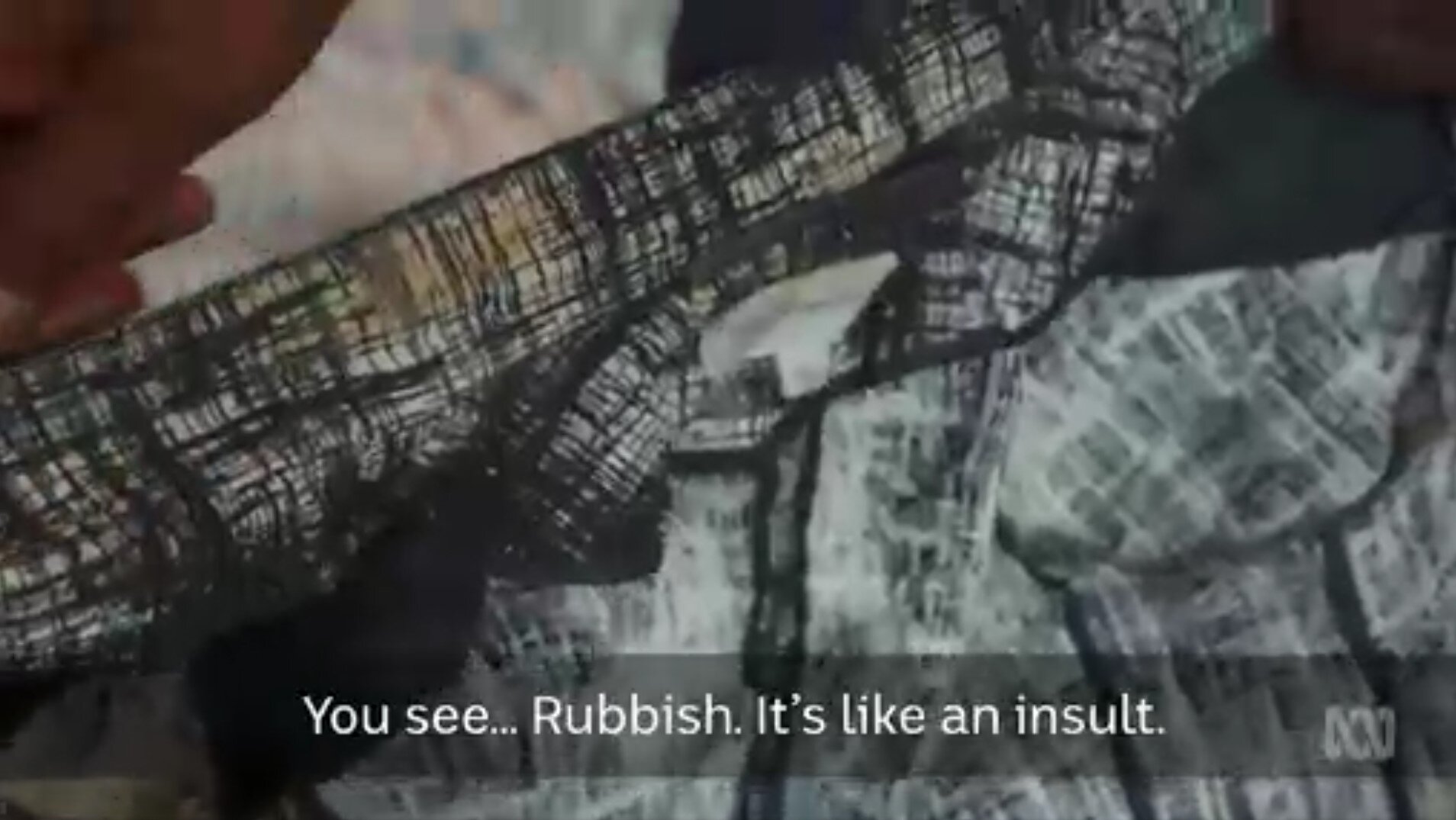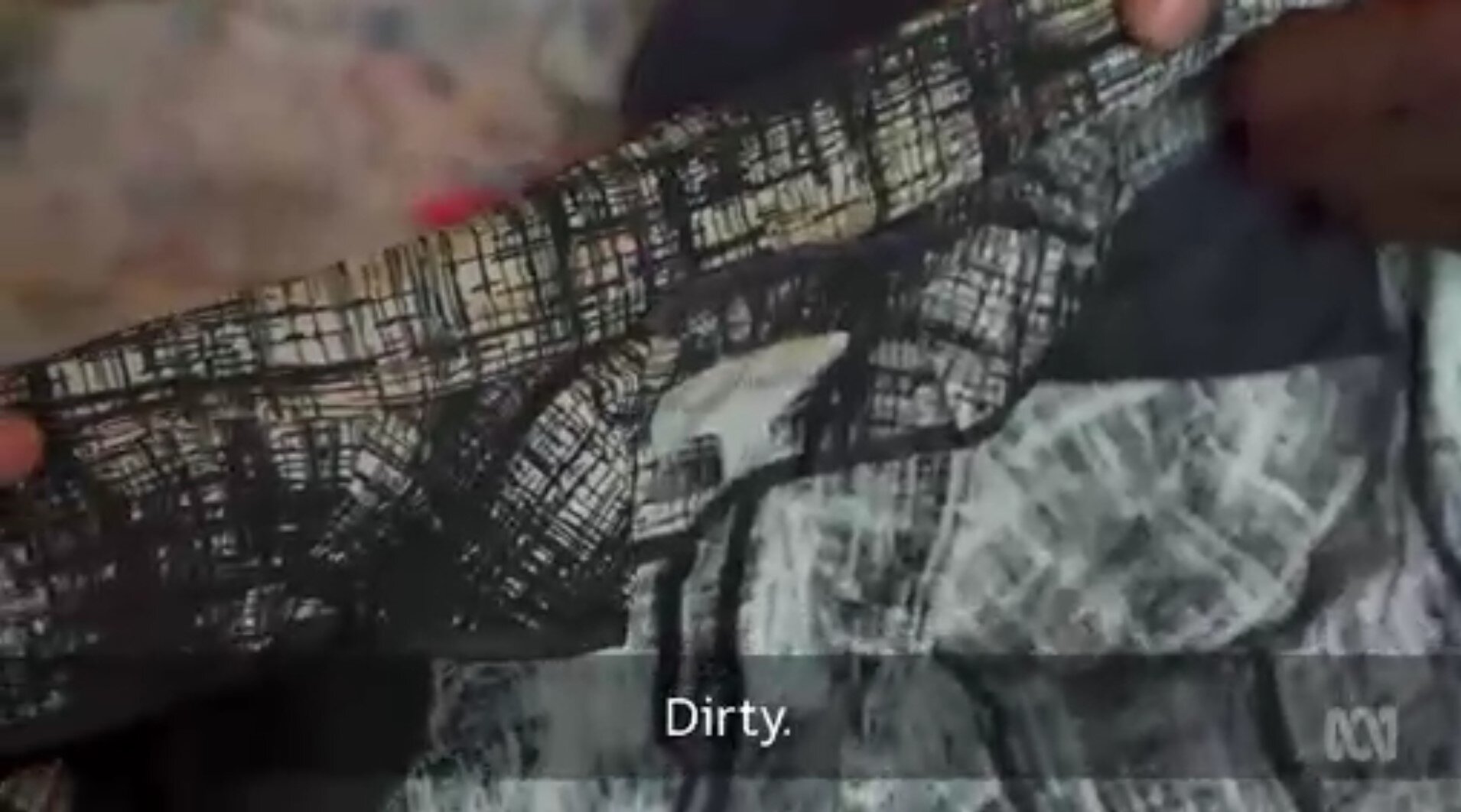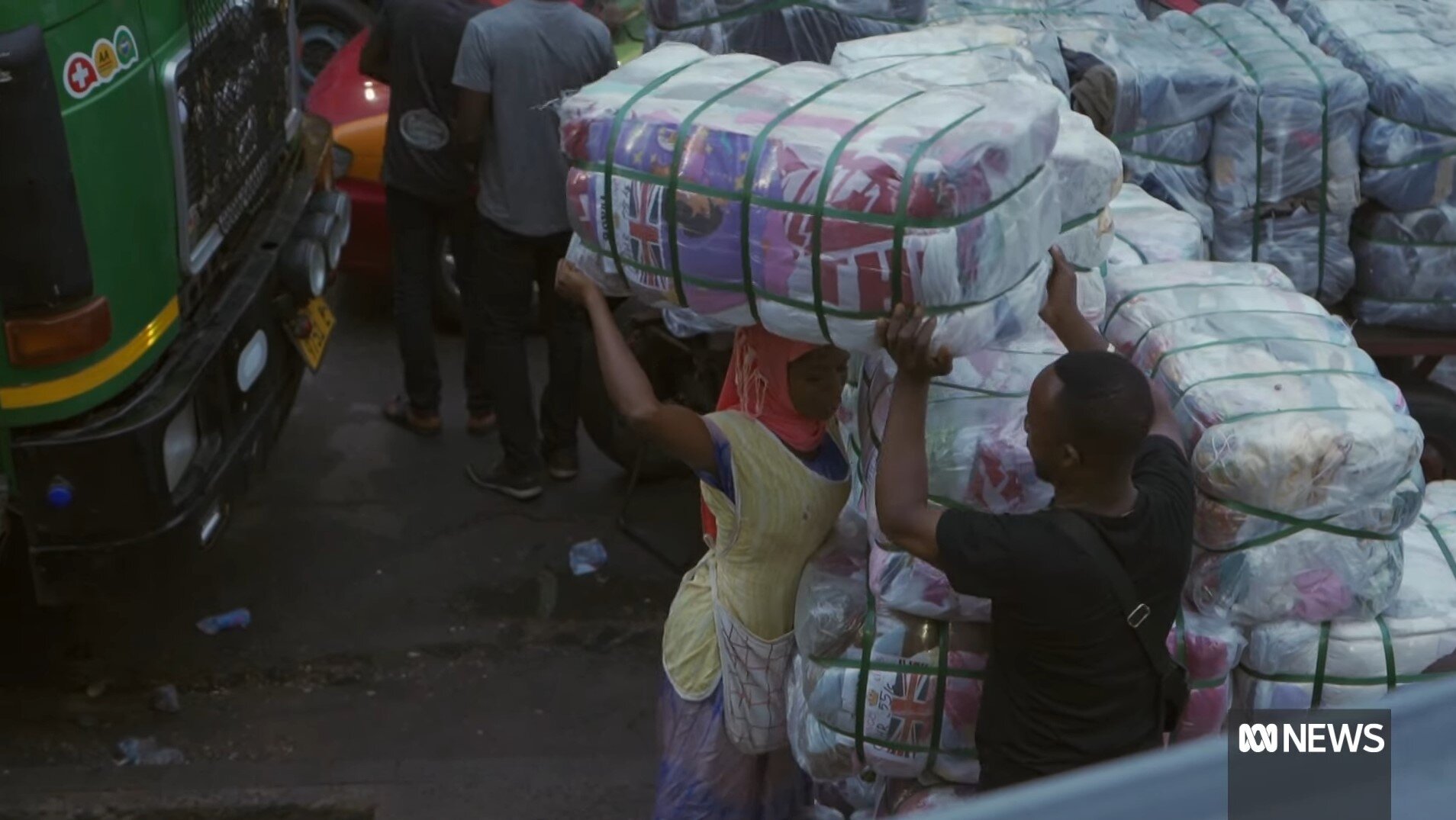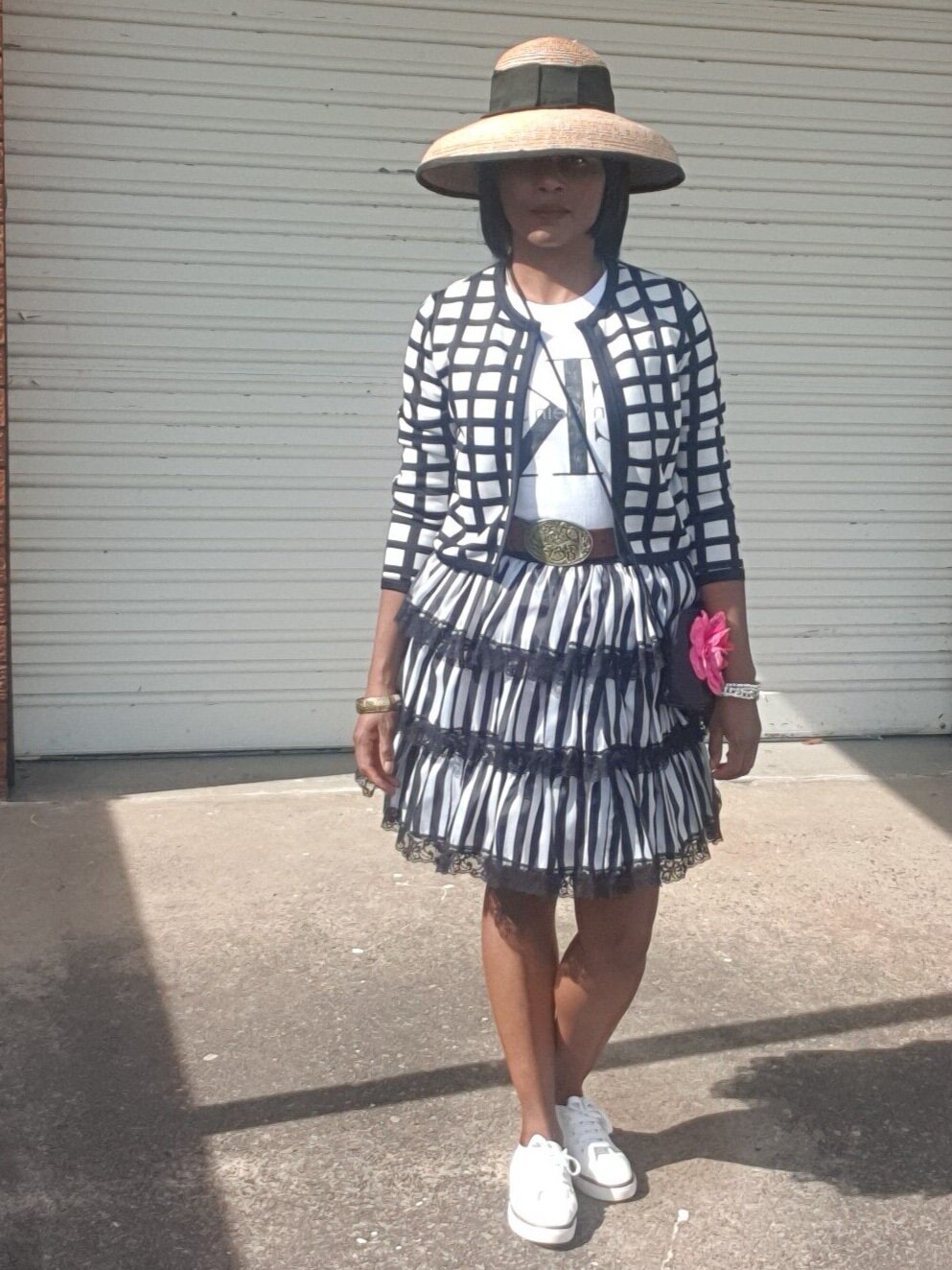Black Friday (November 26th) marked the annual initiation into this season's global overconsumption ritual. It usually starts with Black Friday, goes into Christmas, gets hotter on Boxing Day, then New Year's and all throughout January. It's a lot! Our modern culture has set up this period as the festival of superfluous consumption. So it’s primed for voracious use of material things far beyond any other time of the year. This is why environmentalists say Christmas is the greatest environmental disaster.
Marked by the biggest displays of excessive advertising, manipulative sales tactics, oversupply and mindless buying with almost no consideration for the environmental cost to the earth, the wellbeing of humans involved in supply chain and raw materials extracted to manufacture the products.
80% of clothes purchased on Black Friday are reportedly thrown away after one wear. Some environmentalists say Christmas is the world's greatest environmental disaster.
To be fair, the underprivileged & marginalised groups, the season is an opportunity to afford little luxuries and needed items beyond regaular price range.
However, there's more than enough resources to cater for everyone's basic needs if we commit to taking care of people and planet. Especially if we embrace systemic global equity, equality and let go of capitalism's principles of placing profiteering well over the wellbeing of humans and the earth.
If we did this, there will be far less poverty, fewer marginalised groups and very likely little need for charity.
Holidays have become far removed from their founding history, origins and cultures. And morphed into meaningless, superficial rites of spending to enrich corporations that often contribute to high emissions and human exploitation.
So, what if we had new ways to celebrate the holidays from now on by completely moving away from the outdated model of buying stuff we don't need for others and ourselves? Like showing our affection for loved ones in ways that go beyond the material e.g. giving our loved ones the gift of our PRESENCE instead of material PRESENTS (unless absolutely necessary)? Presence can mean several things! Like new experiences, listening without judgement, volunteering to help, donating your time to do what the other person wants, making sure someone(s) feels heard, etc.
Alternatively, meaningful secondhand or handmade gifts to support small businesses that have minimal carbon footprint.


